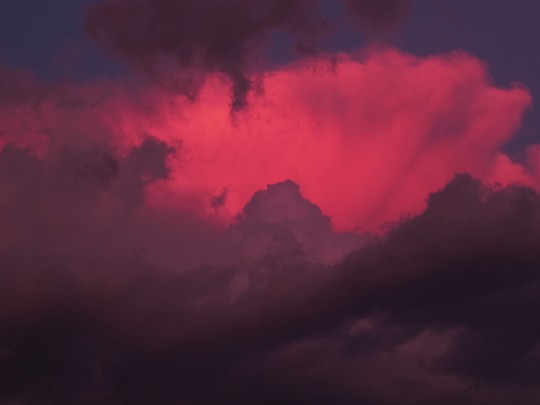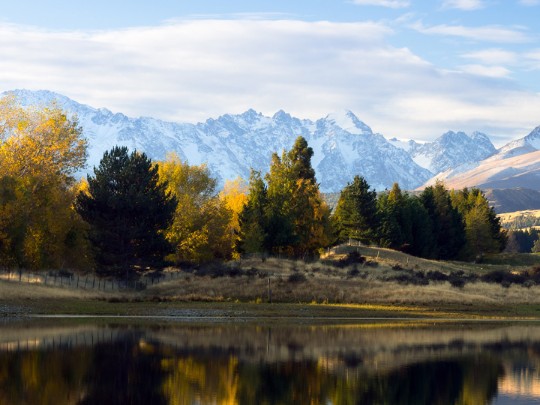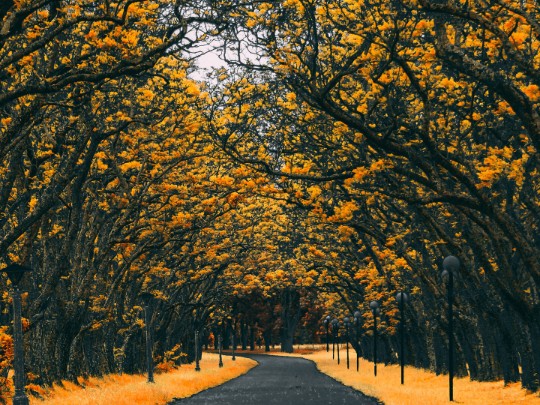Unlock the Magic of Golden Hour: How Clouds Transform Sunsets into Masterpieces

The Golden Hour: A Painter's Dream
There’s a moment each day when the ordinary sky transforms into something truly extraordinary – the golden hour. It's that magical time just after sunrise or before sunset when the light takes on a warm, golden hue, bathing the world in a soft glow. While a clear sky is pleasant, it’s the presence of clouds that elevates this experience from beautiful to breathtaking, turning the sky into a living masterpiece.
Why Clouds Are the Key to Stunning Sunsets
Think about it: a cloudless sky, while nice, lacks the drama and depth needed for a truly unforgettable sunset. Clouds act like natural reflectors and diffusers, capturing and scattering the sunlight in a dazzling display of color and texture. They're the unsung heroes of golden hour photography and a feast for the eyes.
The Variety of Cloud Formations and Their Impact
Different types of clouds create different effects. Wispy cirrus clouds can blush with delicate pinks and oranges, while larger, more substantial cumulus clouds can explode with vibrant shades of orange, red, and even purple. Here's a look at how different cloud formations contribute to the beauty of the golden hour:
- Cirrus Clouds: High-altitude, thin, and wispy, these clouds often catch the light and create a soft, ethereal glow.
- Cumulus Clouds: Puffy and cotton-like, cumulus clouds provide a great canvas for the sunset's colors, creating dramatic shadows and highlights.
- Stratus Clouds: These flat, layered clouds can create a more muted, but still beautiful, sunset, often with subtle gradients of color.
- Altocumulus Clouds: Appearing as patches of fluffy, mid-level clouds, they can create a textured and dynamic sunset scene.
Tips for Capturing the Perfect Golden Hour Photo
Want to capture the beauty of golden hour with your own camera? Here are a few tips:
- Plan Ahead: Check the weather forecast and cloud cover before you head out.
- Find a Good Location: Choose a spot with an unobstructed view of the horizon.
- Experiment with Angles: Try different perspectives to find the most compelling composition.
- Use a Tripod: Golden hour light can be low, so a tripod will help you keep your shots sharp.
- Don't Be Afraid to Edit: Post-processing can enhance the colors and details of your sunset photos.
Embrace the Beauty of the Sky
So, the next time you find yourself witnessing a golden hour sunset, take a moment to appreciate the role that clouds play in creating this incredible spectacle. They're not just fluffy formations in the sky; they're essential ingredients in nature’s most beautiful masterpiece.






